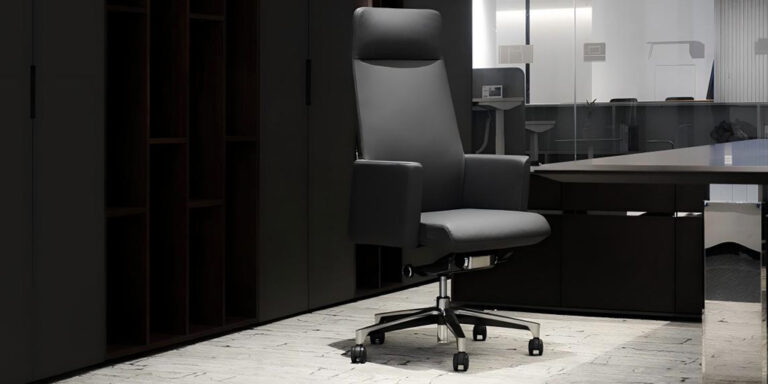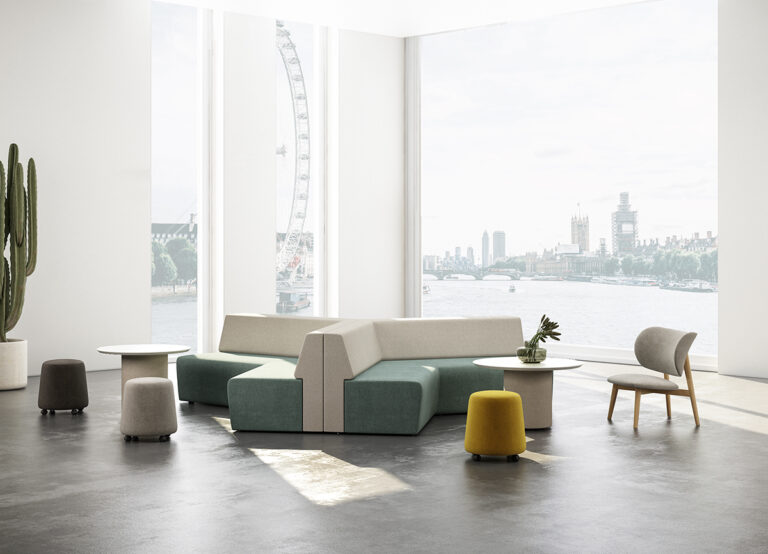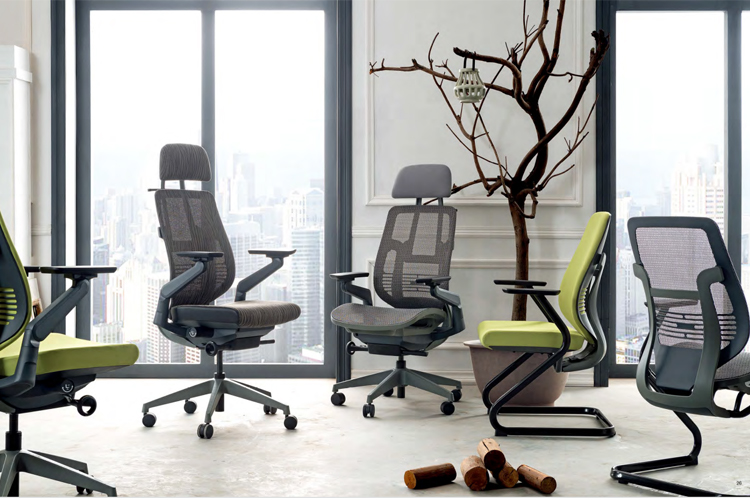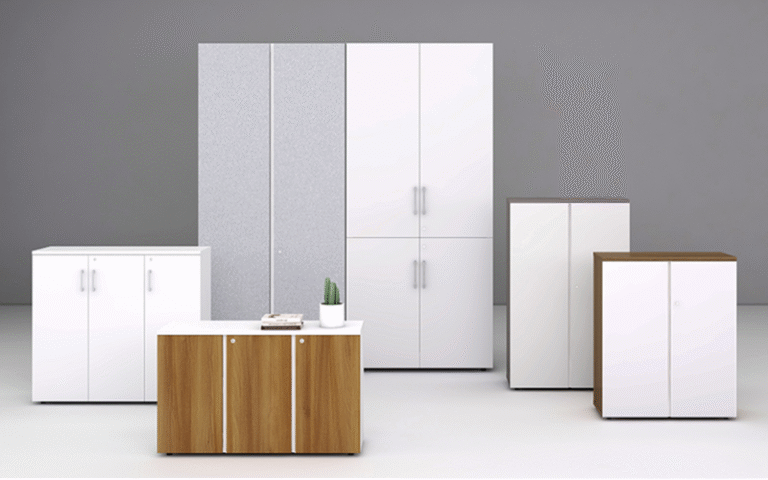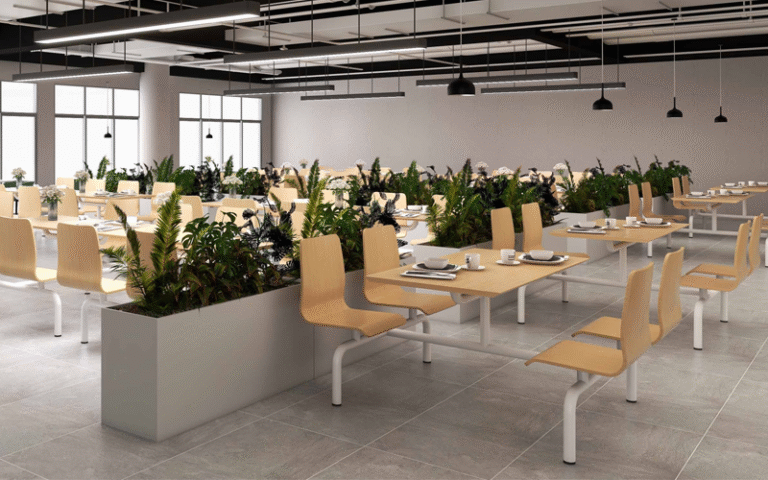Executive desk: L, U, and Straight—Which Fits Your Space?
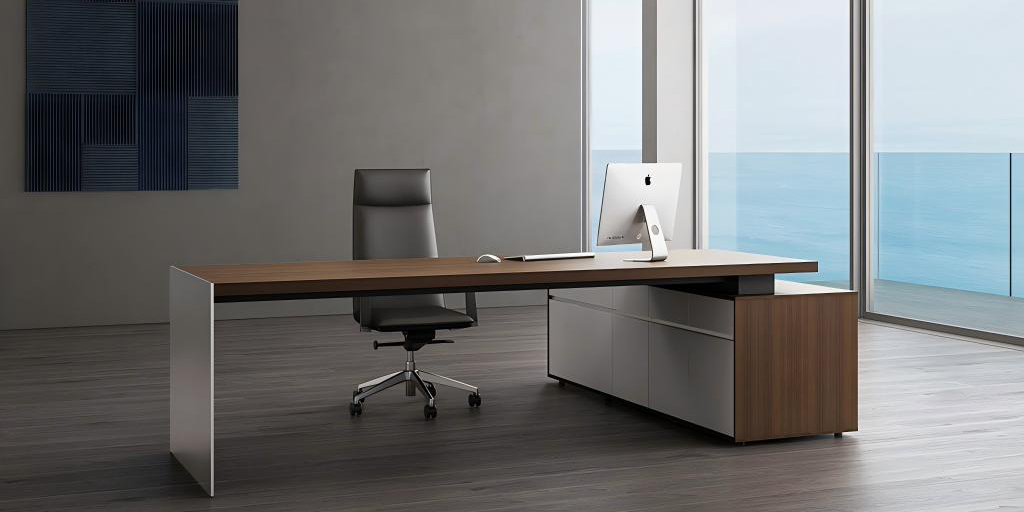
Choosing a desk shape should be easy, yet the choices can stall your plan. If you want a setup that looks sharp and works every day, the right Executive desk depends on your room, your tasks, and how you meet with people.
You’re likely comparing an L-shaped desk, a U-shaped desk, or a Straight desk. This guide gives fast, practical rules so you can measure once, buy once, and get to work. You’ll see space cues, storage choices, tech routing, and a role‑based pick to match how you work.
What Room Sizes Work for Each Desk Shape?
Notably, space is the first filter: small rooms favor L or straight lines, while U shapes require generous width and depth. Think in terms of Desk footprint and the open floor you must keep clear for chairs, drawers, and walk paths.
How to measure footprint vs. free space
Thus, start with wall-to-wall room measurements and subtract for doors, radiators, and window swings. Tape a rectangle for the desk and a second box behind the chair for roll‑back (aim 30–36 inches if you can). Leave at least 18–24 inches beside returns so drawers open. If the taped path around corners narrows under two feet, shorten the depth, flip the return, or slide the desk to avoid door clashes. When space is tight, a corner L preserves circulation and tucks cables.
Corner vs. centered placement trade‑offs
For example, corner placement uses dead space and reduces glare, which suits an L. Centered placement creates presence and visitor flow but demands more open area—especially with a U. If guests sit at your desk, test where chairs land and whether knees clear drawer faces. When a corner feels cramped, rotate the return, choose a slimmer bridge, or go straight against a wall to keep lanes open.
Which Desk Shape Boosts Daily Productivity Most?
Overall, each shape has a “work personality.” L is balanced for multitasking, U excels at spread‑out work and desk‑side meetings, and straight rewards focused, minimal setups. Pick by task mix, not trend.
Who thrives with an L‑shape
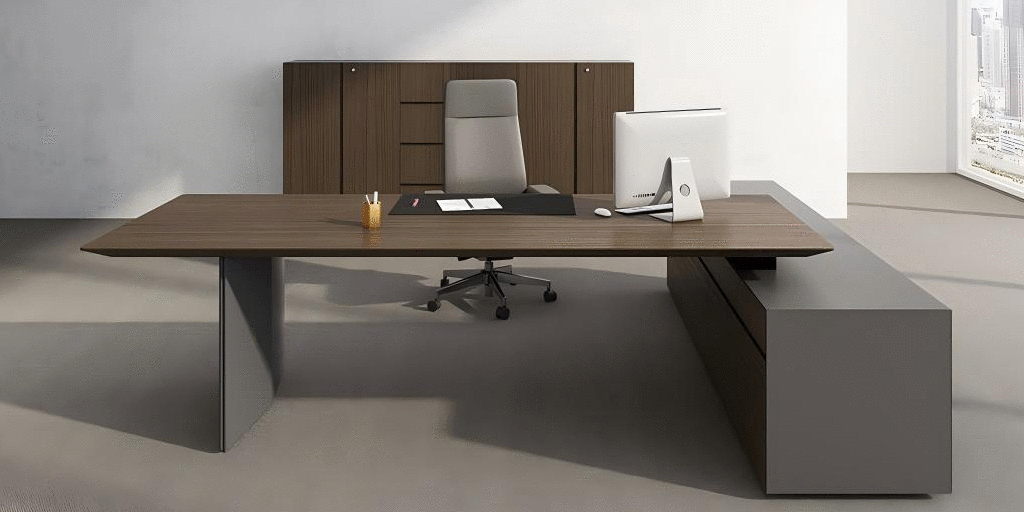
In turn, L splits work zones neatly—screens on one run, analog tasks on the other—so context switches are a short pivot. If you juggle two devices or frequent paperwork, the L gives you a “main” and a “side” surface to park tasks. It fits corners well and can add a return later. Keep the side run shallow to reduce reach, but long enough for a notebook and lamp.
When a U‑shape shines
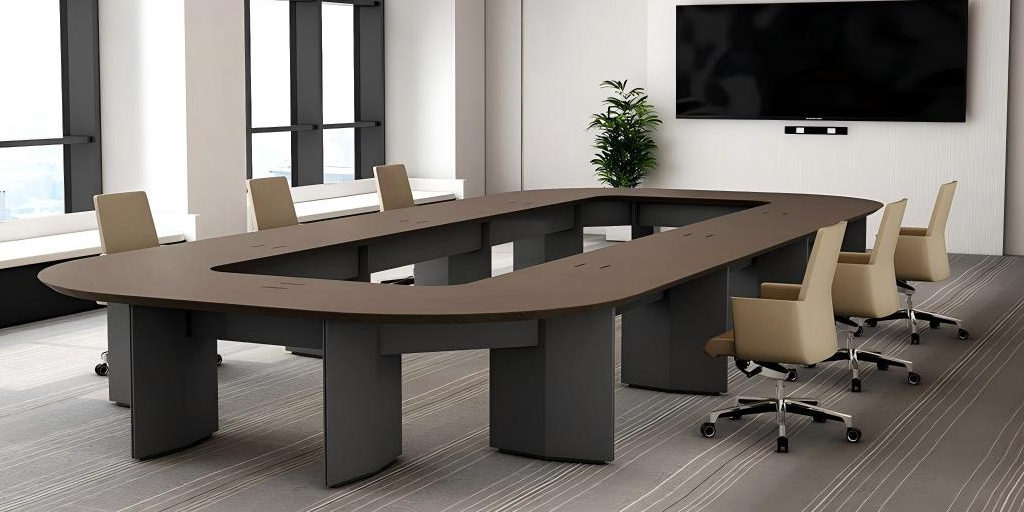
On the other hand, U wraps you with continuous surface, ideal for heavy documents, reference binders, or device spreads. It also creates a natural “guest edge” for quick sign‑offs without moving gear. The watch‑out is space: measure both bridge depth and walkway width. If the full U is too large, slim the bridge or shorten one run to keep circulation comfortable.
When straight is right
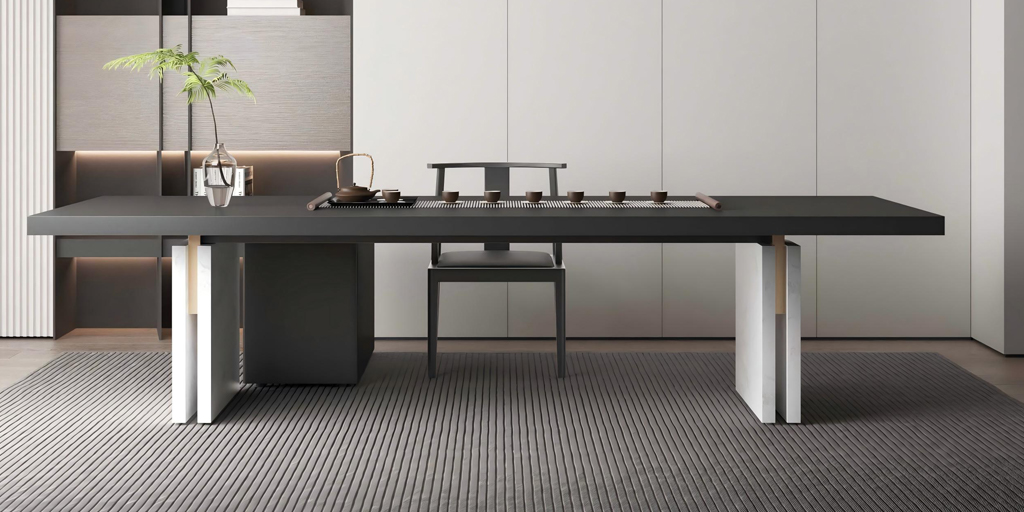
Namely, straight is best when you need a compact station with a clear wall and modest storage. It keeps sightlines open and plays well with shared cabinets. Screen‑centric work with little paper fits here. Add a mobile pedestal or small credenza for storage without committing to a fixed return.
Shape vs. workflow at a glance
| Desk Shape | Best For | Watch-Outs | Setup Tips | Space Fit |
| L-Shaped Desk | Split tasks and quick pivots | Deep returns can crowd your workspace | Place screens on the long run and keep the side run shallow | Small to medium offices |
| U-Shaped Desk | Paper-heavy work and meetings | Requires a wider and deeper room | Keep the bridge slim and allow space for guest seating | Medium to large offices |
| Straight Desk | Focused, minimal setups | Limited surface and storage space | Add mobile storage and use monitor arms | Small rooms or compact spaces |
What Storage Add‑Ons Keep Surfaces Clutter‑Free?
Moreover, the right storage keeps tools close and clutter hidden. Choose Hutch storage to go vertical, and consider a Return and credenza pairing to add volume without crowding leg space.
Picking the right return depth
Still, over‑deep returns waste reach. Size for your largest task item—scanner, tray, or sketch pad—while preserving a smooth pivot. Shallow returns maintain walk lanes and keep the chair clear. Reversible returns help you adapt if door swings or glare change over time.
Hutch and filing choices
Also, hutches give quick access to binders and trays without stealing floor. Use doors for occasional items and open cubbies for daily tools. Keep heavy files in a pedestal under the main surface to avoid long reaches. If you sign papers often, a low credenza behind you becomes a handy staging and handoff zone.
Credenza ideas for tidy workflows
Practically, a credenza holds printers, scanners, and lockable files while leaving knees free at the desk. Place it behind the chair for an easy roll‑back reach. In narrow rooms, a credenza can replace a full return to save side clearance yet boost storage.
How Should You Set Ergonomic Zones for Comfort?
Consequently, neutral posture and smart zones cut strain and speed task switches. Good Ergonomic setup pairs with clear Workflow zoning so eyes, hands, and posture stay relaxed.
Monitor/keyboard geometry that eases your back
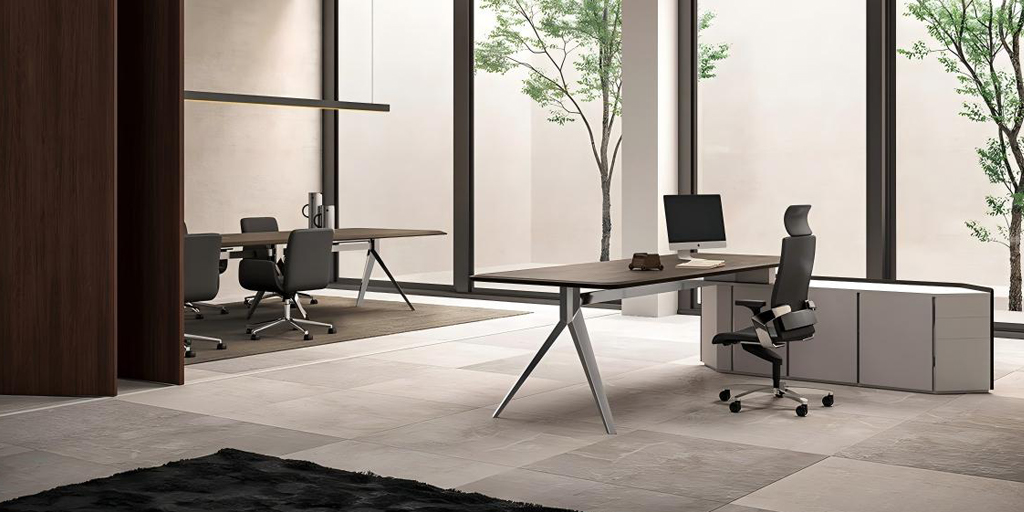
Specifically, center the keyboard to your torso with elbows near 90 degrees. Lift the monitor so eyes land at the top third and keep the screen about an arm’s length away. With dual screens, angle them in a shallow V and pick a primary; a monitor arm helps reclaim depth on a shallow return. A desk pad or low wrist rest keeps forearms neutral on long edits.
Zoning tasks across surfaces without swivel fatigue
Furthermore, dedicate the long run to screens and the short run (or a side segment) to analog tasks. Keep pens and notepads within forearm reach on your natural pivot side. Store seldom‑used tools in the pedestal to keep the main run open. If you notice long reaches, pull frequent items inward and move display pieces up into a hutch.
How Do You Plan Cables and Multi‑Monitor Setups?
Furthermore, a plan beats a tangle. Decide where power enters first, then route through grommets and trays. Fewer segments simplify Cable management and keep the look clean for Multiple monitors.
Clean power routes for docks and chargers
Notably, centralize a surge strip under the main surface, then run left or right in a tray. Velcro straps beat brittle ties for future changes. Label ends before feeding them through grommets so swaps are painless. Stash bulky adapters in a credenza to keep feet clear and the floor tidy.
Mounting and spacing for multiple monitors
In short, arms float screens above papers and free room for a notepad beneath. Put your primary screen dead center and tilt the secondary toward your natural turn side. Keep bezels close to reduce neck travel, and match heights to prevent eye strain. On a U, center the main screen on the bridge and place a reference screen on your dominant read side.
How Do Desk Shapes Affect Meetings and Privacy?
On balance, the shape you pick affects how people feel across from you. U brings enclosure and a firm “meeting edge,” L balances access and focus, and straight reads as open and collaborative.
Hosting visitors without blocking work zones
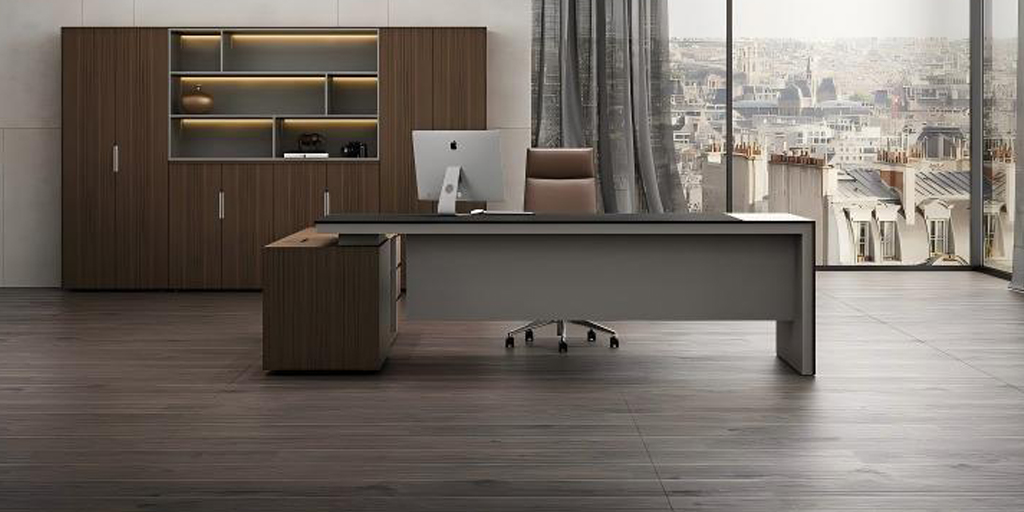
Therefore, invite guests to the outer edge so they don’t face your keyboard and documents. Keep a clean signing strip on the guest side and store spare pens there. Angle visitor chairs slightly to avoid arm collisions and keep drawers operable.
Projecting authority versus accessibility
Besides, enclosure signals seniority; openness signals collaboration. A U projects confidentiality, useful for legal or HR talks. An L says “busy but reachable”—you can swivel to include a guest without moving gear. A straight run removes barriers, ideal for coaching or pairing. Match the feel to your role and visitor flow.
What Costs, Materials, and Value Should You Weigh?
Specifically, Budget and cost hinge on materials, hardware, finish, delivery, and install—not just shape. Spend where touch, durability, and adjustability matter most.
Where to spend vs. save — tops, hardware, finish
For example, invest in a sturdy top and quality slides/hinges that won’t sag when full. Durable finishes resist rings and scuffs and keep the desk presentable for client visits. Save with modular storage you can add later or by picking a simpler return now and upgrading when your workload grows.
Total cost of ownership — delivery, install, changes
Consequently, include delivery surcharges for stairs or tight elevators and plan assembly time. U often means more pieces and time; L and straight are quicker. If you expect a move, prioritize modular parts to cut future reconfiguration costs. Buying once with the right grommets beats chasing trays and adapters later.
What Delivery, Weight, and Assembly Issues Matter?
In practice, L and straight are easier to carry, turn, and reconfigure. U is heavier and wider, so plan routes and helpers. Think through doors, corners, and elevator depth before the truck arrives.
Doorways, elevators, and path mapping
Moreover, measure the narrowest doorway and elevator depth, then compare to the longest boxed panel. Clear the path and protect corners with blankets on tight turns. If a return is reversible, finalize the side after seeing door swings and window glare. Schedule delivery when you can supervise placement and grommet orientation.
Reconfiguration and future moves
Overall, modular segments pay off when teams grow or rooms shuffle. If mobility matters, place printers on a rolling credenza and use glides under pedestals. Keep original fasteners labeled in a bag taped inside a drawer to speed future disassembly. When unsure, choose the simpler shape now and add parts later.
Which Roles Fit an Executive Desk Shape Best?
Therefore, map shape to tasks and presence. Analysts and designers often prefer L for split workflows; directors and legal roles lean U for surface and privacy; focused specialists thrive on straight. This is where the term “Executive desk” meets daily reality.
Role matrix: admin, legal, design, sales
Specifically, admin and operations juggle screens and stacks—L provides a tidy pivot and quick filing. Legal and finance manage documents and private talks—U supplies surface and enclosure for signatures. Design and engineering spread sketches and devices—L supports cross‑task flow. Sales and consulting host quick huddles—U offers a signing edge without shifting laptops.
Future‑proofing as responsibilities grow
Then, plan for change. If your calendar is trending toward more meetings, leave space for a future bridge or credenza. If you expect fewer paper files, stick with L plus a slim hutch. Keep storage modular so your layout evolves without a restart.
What Planning Steps Ensure a Perfect First Fit?
Then, a short plan prevents returns and delays. Sketch the room, mark outlets, and tape mock footprints before you order.
Fast room audit and tape outline method
Besides, list door swings, outlet spots, and glare sources, then tape the desk and chair boxes on the floor. Sit in a chair inside the tape to mimic reach. If you bump walls or can’t open a drawer, adjust depth or rotate the layout. Snap photos with measurements for quick reference while ordering.
Checklist for a smooth delivery day
Thus, confirm the delivery path, reserve elevators if needed, and clear a staging zone. Label where each segment goes. Have a surge strip, ties, and a cable tray ready so installers route neatly on the first pass. Keep an “evidence pack” (order details, room photos, measurements) handy in case components need swapping.
Where Can You Browse Modern Executive Desk Options?
Besides, once you’ve mapped your layout and needs, a curated catalog speeds the final choice. Explore modern executive desks with clean Cable management, reversible returns, and sizes that match the plan you just built—without overbuying or wasting space.
Matching features to your plan
For example, choose grommet locations that align with wall outlets, pick a return length that keeps lanes clear, and match finishes to existing storage. If growth is likely, select designs that accept a future bridge, hutch, or credenza.
Getting from sketch to delivery
In many cases, sharing your tape outline and photos helps confirm clearances and module choices. Confirm lead times, assembly support, and warranty so installation aligns with your move‑in date.
Conclusion
In short, the best shape is the one that fits your room, daily tasks, and the presence you need to project. Small rooms and multitaskers often win with L; paper‑heavy or client‑facing roles shine with U; focused, compact workflows thrive on straight. With a tape outline, a cable plan, and the table above, you can pick with certainty—and set up a clutter‑free Executive desk that truly works for you.
When you’re ready to compare finishes and modules, visit onmusefurniture.com and match a configuration to your plan.
FAQ
1. How much space should I leave behind the chair?
Aim for about 30–36 inches for clean roll‑back and stand‑up. That buffer protects walls, keeps drawers usable, and gives guests room to sit.
2. Is a U‑shape too big for most home offices?
Only if it squeezes walkways or blocks doors. If you host clients or handle heavy documents, a U fits; otherwise, an L with a credenza is often enough.
3. Can I start with straight and add a return later?
Yes—many lines allow bolt‑on or aligned returns. Measure now so the future return won’t crowd chair lanes or hit door swings.
4. Do I need monitor arms for dual screens?
Not required, but strongly recommended. Arms align heights, reclaim depth, and simplify cable routing for better comfort.

